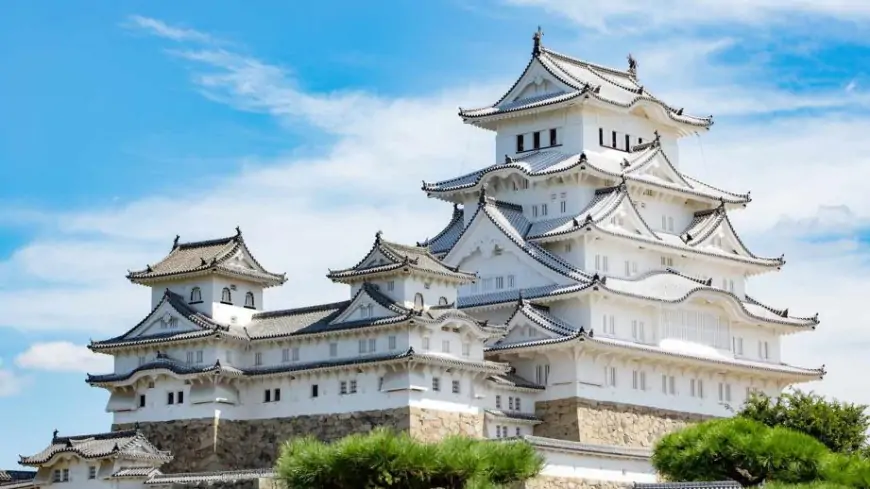Japanese cultural assets: Treasures that inherit history and beauty
Japan is a country with a long history and deep culture, and there are many cultural assets scattered throughout it.

These cultural properties symbolize Japan's history and aesthetic sense, and are carefully protected to pass on their value to future generations. This time, let's take a closer look at Japan's representative cultural properties.
1. National Treasure
Japan's pride, the pinnacle of beauty: national treasures
As the name suggests, national treasures are cultural properties that are considered the pride of a country. There are various forms such as works of art, crafts, and buildings, and many of them are highly acclaimed around the world. For example, buildings designated as national treasures, such as Kinkaku-ji in Kyoto and Horyu-ji in Nara, can be said to be exquisite pieces of history and art.
2. Important cultural property
Treasure trove of history and art: Important cultural property
Like national treasures, important cultural properties refer to outstanding cultural properties that have contributed to Japanese history and art. This includes beautiful paintings, Buddhist statues, armor, historical buildings, and more. For example, the Buddhist statues at Kiyomizu-dera Temple in Kyoto and Senso-ji Temple in Tokyo are considered to be representative examples.
3. World Heritage Site
Bringing Japan's pride to the world: World Heritage Sites
Japan has many world heritage sites. It is internationally recognized for its cultural value and natural beauty and is recognized as a universal treasure. Representative examples include Himeji Castle and Mt. Fuji, which are not only the pride of Japan, but also inspire people around the world.
4. Registered tangible cultural property
Local Treasure: Registered Tangible Cultural Property
Registered tangible cultural properties are considered important as they represent the history and traditions of a country or region. This includes things related to old townscapes, traditional architecture, and traditional events. As each region has a different culture, these registered tangible cultural properties are preserved as regional treasures.
5. Historic sites
Evidence of history: historic sites
Historic sites refer to places or structures that have historical events or cultural value. These include battle sites from the Sengoku period, ancient shrines and temples, and historic castles. These are popular not only as historical materials but also as tourist destinations.
Japanese cultural properties are loved by many people for their beauty and historical background. These treasures are important heritage that will continue into the future, and we have a responsibility to understand their value and protect them. Japan's cultural properties will be proudly passed down to future generations as treasures that inherit history and beauty.
-------------------
Injavi.com - Visit Japan | Visit in Japan
Guide to living, studying and working in Japan























































































